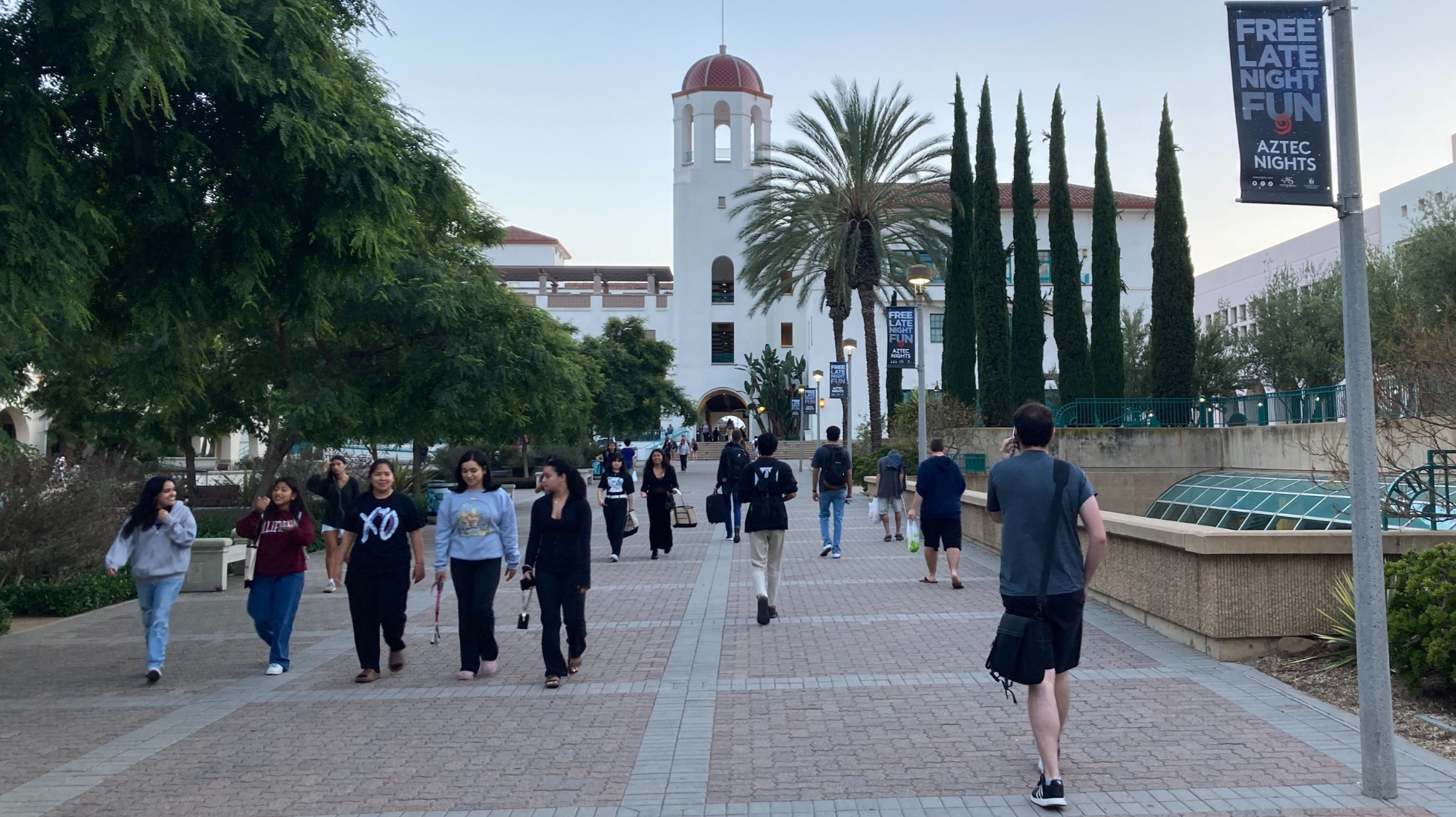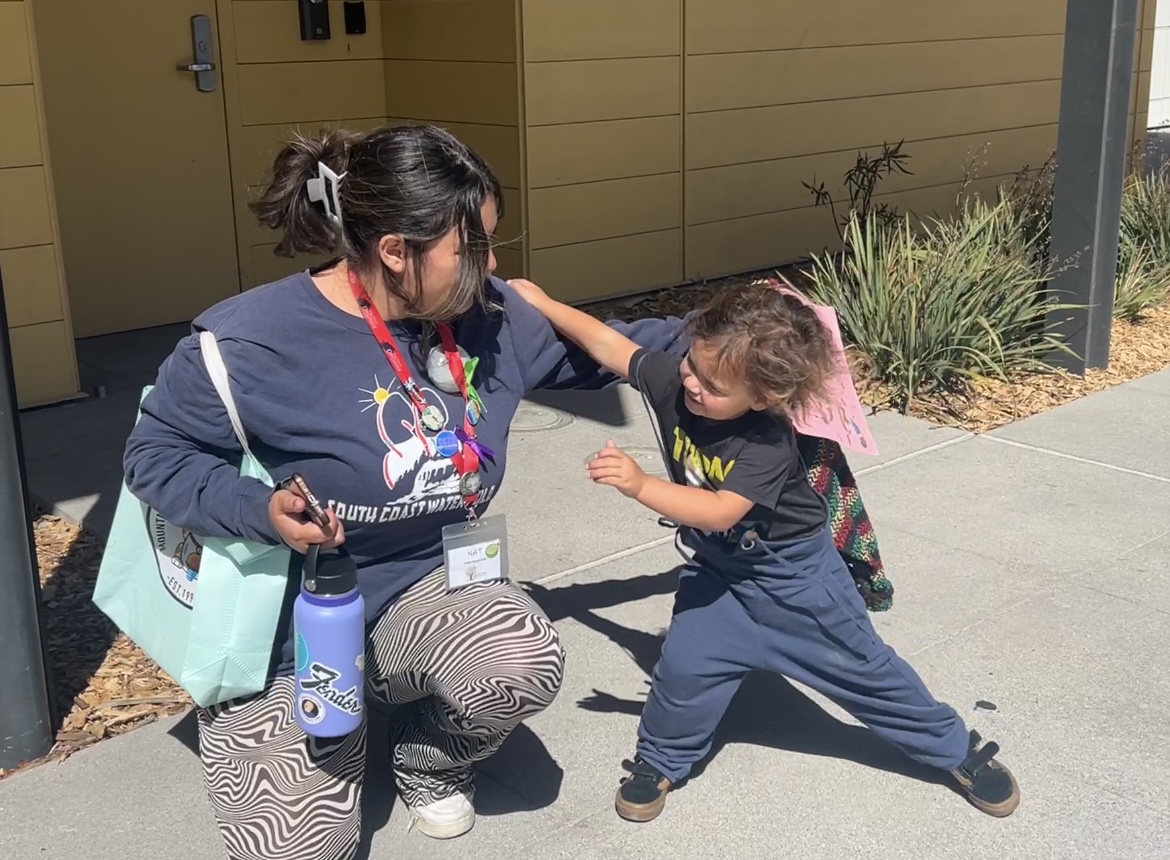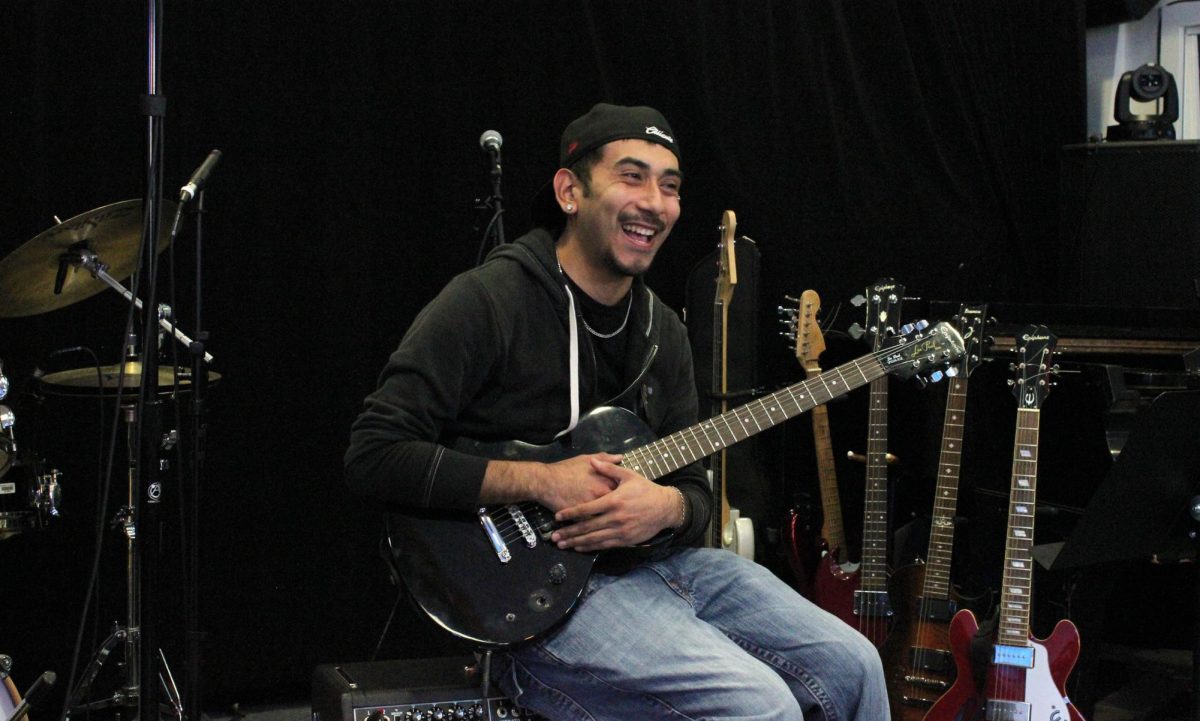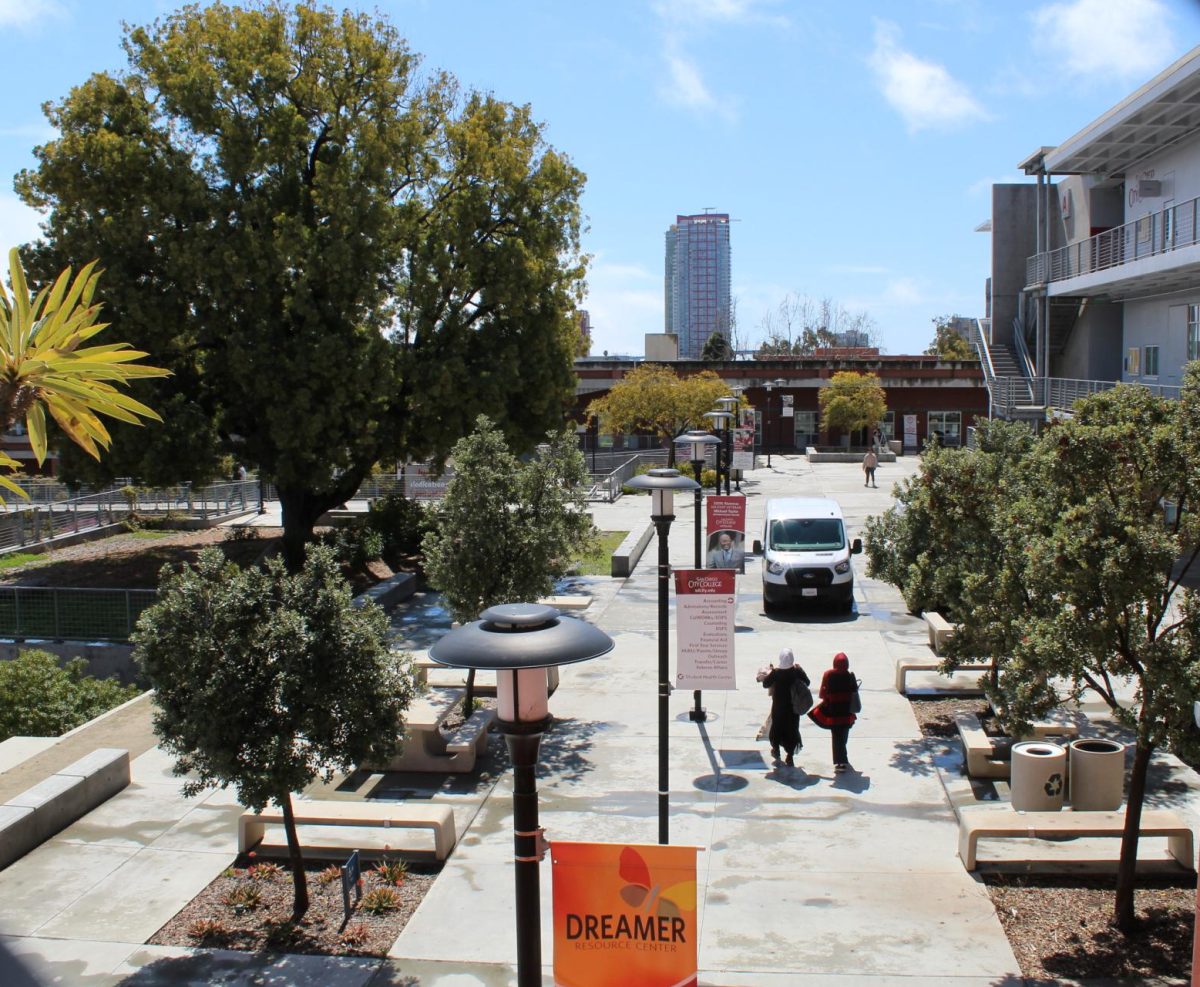Aerospace engineering student Giana Bautista hesitated when asked to share how long her tenure at San Diego City College has taken.
“Do I have to answer that question?” Bautista said. “I’ve been doing part-time really slowly.”
The transfer-bound Bautista feels her path through City College, both studying and working part-time, was unconventional, but students like her may be increasingly justified in their strategy to manage a reasonable load on their road to attend a four-year university.
In a recent move that sparked mixed responses among students and educational leaders, the California State University system approved a 6% annual tuition increase for the next five years, compounding to 34%, beginning in fall 2024.
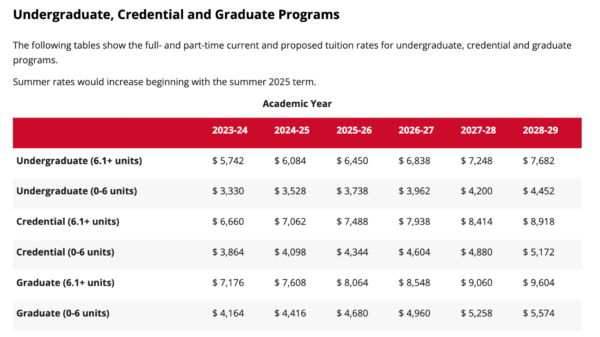
“An organization’s budget reflects an organization’s values,” a CSU board of trustees meeting agenda stated in elaborating the reasons for the tuition hike.
The move added fuel to the broader discussion about the accessibility of higher education in California, prompting students and educational leaders to consider alternatives and advocate for solutions to ensure that students have viable options.
In a statewide call with community college students, Sonya Christian, the California Community Colleges chancellor, discussed ongoing efforts to support students transitioning from community colleges to CSUs and removing additional obstacles.
“When you look at the throughput of students from the time they complete the associate degree, what do they have to do next?” Christian said, “They have to complete an (application), you see a drop. Then they’re provided an admission, right? You see a drop. And … some students are admitted into a campus that is not close to where they are, so the actual enrollments drop.”
In addressing the compounding burden of the rising CSU tuition for transfer students, Christian stated she is working toward a seamless pathway guaranteeing admission for students completing their associates degrees.
The chancellor elaborated on the state community college institution’s efforts to accelerate the process to approve and provide more bachelor’s degree options.

Ricky Shabazz, City College president, also acknowledged the difficulties that rising tuition poses on students.
Shabazz added the perspective that relatively lower CSU tuition costs of receiving a degree, compared to those in other states, provide a higher return on investment and quality of life for students.
“We have the largest university system of any state, we also have the most affordable,” Shabazz said, “Do I think CSU should raise the costs? Absolutely not, but free is not free.”
The president echoed the desire for City College to continue offering more bachelor’s degrees as an alternative to rising university expenses.
“That’s going to take us fighting the CSUs because they are not fans of community colleges offering bachelor’s degrees,” Shabazz said.
Antonio Jaimes, a high school senior at O’Farrell Charter School in the Skyline area who is aspiring to attend a CSU, shared his uncertainties about funding his education.
“I’m planning to find a job that (pays) … around 20 bucks per hour, so I can at least figure out the math and see … how much money will I have left from the taxed income,” Jaimes said, “Then I’ll see what I can do from there.”
The O’Farrell senior shared that the tuition hikes haven’t dissuaded him from applying to local CSUs.
For Bautista, the tuition increase was par for the course, pointing to what she noticed as an ongoing pattern of yearly tuition increases at CSUs and University of California schools alike.
Still, Bautista emphasized the additional burden this hike poses for students like her, stating that the increase in costs would significantly impact her ability to afford rent, food and gas.
“I’d have to live with somebody or with my parents,” Bautista said. “I don’t get much from FAFSA because I work too … so I’d have to come up with a lot out of pocket or take a higher loan.”

